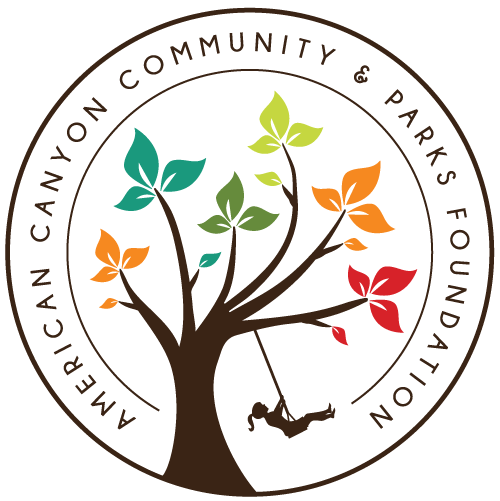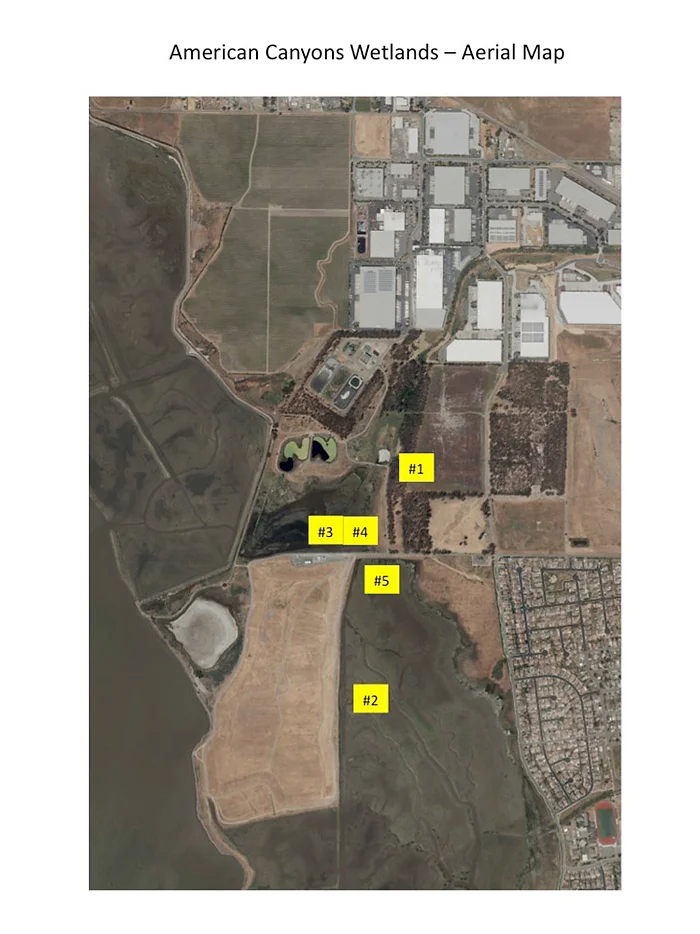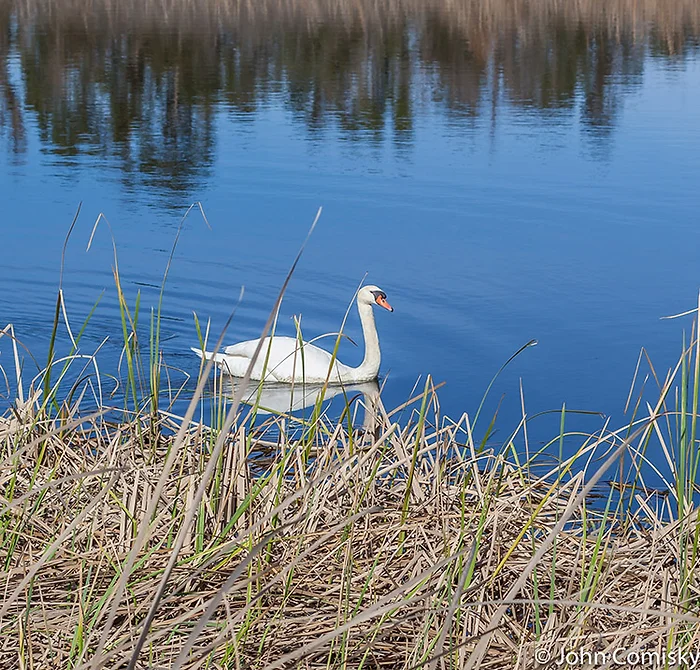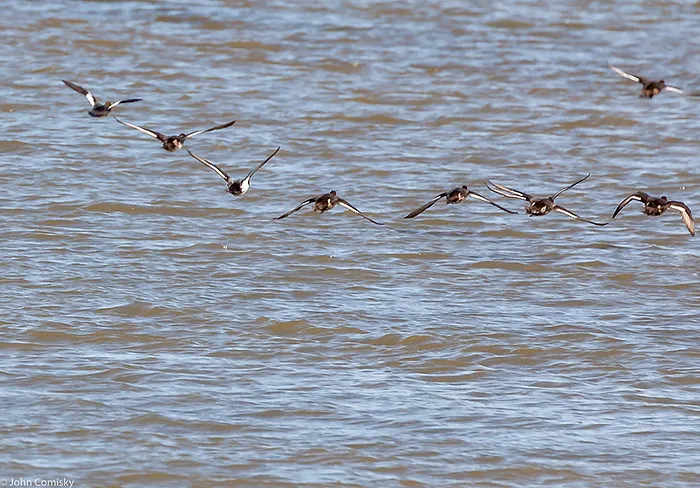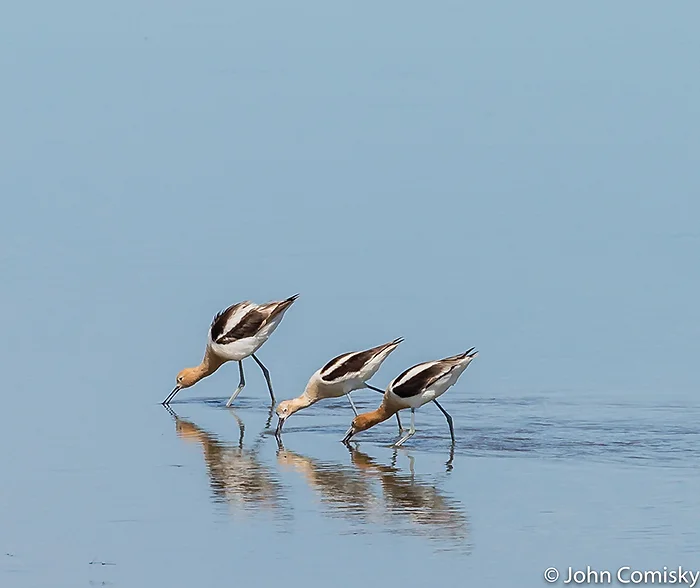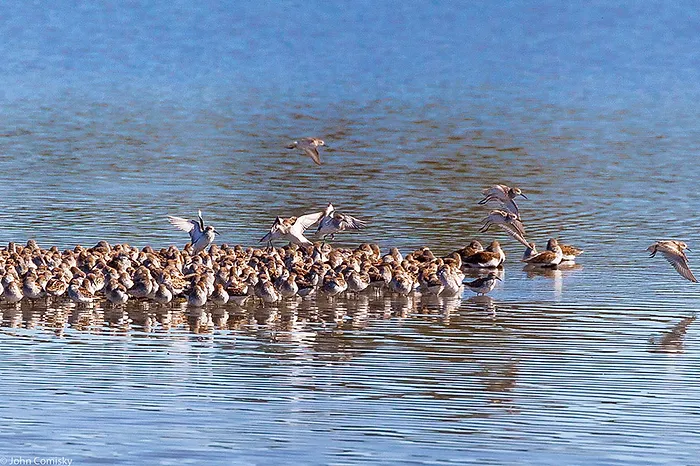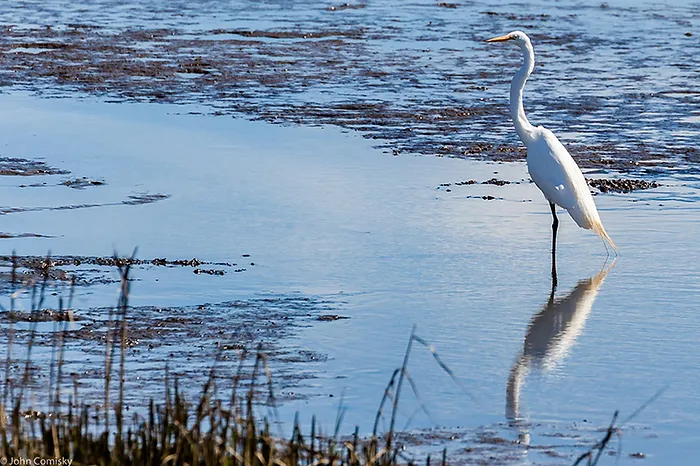Water. The fountain of beginnings. Domain of Earth’s big bang – LIFE! The spot where the sparks keep sparking, pushing the piston, turning the cylinder, ringing round the circle.
In this post we’ll go to water, and as we go, we’re going go just a little bit into the layers beneath, pulling back the covers for glimpses on how all this hangs together.
We’ll begin by recognizing a basic condition of life – all forms of it need to eat to survive, and the cafeteria line starts in the garden because plants are the ones who turn on the lights. They’re the first shift, working botanical alchemy (photosynthesis) to combine sunshine, carbon dioxide and nutrients to create their own food, instead of harvesting it or finding it or catching it like everything else.
Their product puts them at the head of the assembly line. In fact, they flick the switch. In the lexicon of food chains, they are the Producers.
Now you may be thinking, yeah okay, but what’s that got to do with water? Well, phytoplankton (microscopic marine plants) live and grow in water. They are a large part of water’s garden, just at the smaller end of the scale and not rooted to a spot.
Phytoplankton
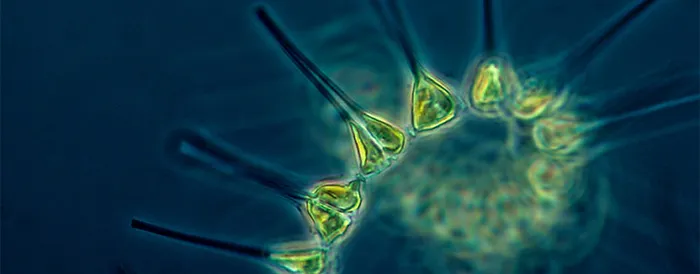
Yet their role is huge, for they start the food chain ball rolling by becoming munchies for zooplankton (little marine animals) and a bunch of other species, such as shrimp, jellyfish, even whales (awesome food chain jump there!).
Each of which belong in the next post – the Producer category, the Consumers.
The ones who feed on phytoplankton may figuratively be the first of the lunch crowd to arrive, but there’s a long queue behind them. Take a serious look down that line, and you’re bound to note two things.
- The Consumer group contains virtually every other species
- They’re not all ordering off the same section of the menu
As a result, to continue on from here, we’ll need to spend a minute considering the various types of diet. Relax, we’ll keep it simple and stick to the 4 major classes of diet (listed below) while also observing that diet is key to defining the true nature and lives of each of the diners. We won’t be covering full range of 4 here, but not to worry, we’ll have checked each of the boxes with living examples by the end of this series. Be patient.
Classes of Diet:
- Herbivores = Eats plants
- Carnivores = Eats other creatures
- Omnivores = Open to whatever is being served – plants and animals
- Decomposers = They like their meat completely done, in the most final of ways
To sum up, it starts with the Producers and then the band strikes up into a Consumer festival of diversification and specialization, which in time breaks down to return raw materials to the Producers.
All forms of life operate within that circle, and the entire chain plays out in the Wetlands. Which allows us to now move to a scan of the water crowd out there, and to focus on how a few of its members (ones you may see on your walk) fit in. We’re not going below the water’s surface except for a couple of borrowed picture of examples, but that’s okay. There is a lot to catch the eye on the surface. The treasure map (depiction of the wetlands area) indicates where each photo was taken.
#1 Mute Swans (named because they are quieter than other swans) are almost always together. They have married for life. They are strict herbivores with long graceful necks, made for stretching below the surface to reach tasty bits of underwater vegetation. Their dance is the waltz, lots of gliding and graceful dips.
Mute Swans
#2 Canvasbacks are not always in town. They have places in the prairie marshes for the summer and others in the saltwater bays in winter. Mostly herbivores, they dive down to reach the roots of plants growing underwater. However, on occasion, they also reach over the omnivore fence to sneak bites of crab and insect dip for an occasional treat. Watch them take off and land in groups to catch some impressive line dancing moves.
Canvasbacks
#3 Avocets like to work the room, almost always on the move. They dress for the occasion, buffy orange on their heads and necks when breeding, and grey to whitish when not. These guys are carnivores. They love shellfish plates and insect pate. They favor the shuffle with swinging beaks (foraging), both signally or in groups.
Avocets
#4 Western Sandpipers are travelers who like to hang together when they’re in town, proving new islands can appear outside the China Seas. Millions are estimated to pass through from SF to Alaska during migration, in large spectacular flocks with a rapid wing beating flight. They are carnivores, working up the food chain from marine worms and insects to mollusks.
Sandpipers
#5 Great Egrets are long-legged, with graceful S-necks and beautiful in flight. Great Egrets are frocked all in white, accented with black stockings and a yellow beak. They are elegantly statuesque as a rule, but capable of lightning fast moves to catch a meal and occasional flashy displays for the ladies. These are carnivores, favoring fish but flexible across a range of marine life, and a few from the land.
Great Egrets
So there we’ve covered just a small preview of the visual buffet offered to walkers on the American Canyon Wetlands trail, a sampling of the wet room crowd, viewed when your focus is down and out.
Chances are though, that your gaze will shift as you continue or not even go here first. Water, after all, is only part of the party. There’s more to see around and up, in the spaces sponsored by land and air.
John Comisky is Vice President at the Wildlife Rescue Center of Napa County. John joins the ACCPF by writing about his experience with American Canyon’s Wetlands.
